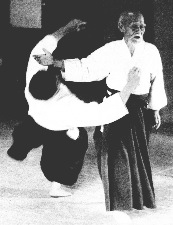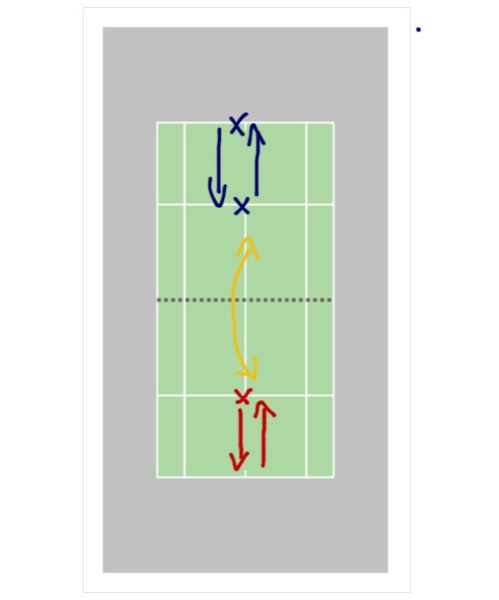Practice Aikido For Better Returning
 Sunday, May 13, 2012 at 10:26AM
Sunday, May 13, 2012 at 10:26AM  CAtennis
CAtennis 
From a purely theoretical point of view, the role of aggressor is saddled upon the server and the defender is on the returner. This, of course, is not always the case. Some players would certainly rather choose to return than serve. However, these players are few and far between. For the most part, moderate level to advanced players would like their chances if they were to serve the entire set rather than receive. Therefore, when it's your turn to receive, you will be better served by shifting the emphasis away from low percentage shots or focusing too much on your opponent's strengths to exploiting angles and creating a physical imbalance in your opponent's positioning.
In this regard, learn and implement the rules of Aikido or Jiu Jitsu. Aikido is a martial art that has been synthesized from various fighting techniques and which is focused on using the opponent's energy and movement to gain control of them. So, for example, rather than blocking a punch or merely dodging a kick, the Aikido master uses the aggressor's movement to dynamically throwing or spinning him out of control. These same lessons can be applied when returning a serve. Often times, the returner is so obsessed with avoiding the opponent's groundstroke weapon that she either tries to overhit the return or block the serve back towards the "weaker" wing of the server. However, this plays right into the server's hand. By overhitting - and presumably missing - you will have handed the opponent an easy point. By blocking the ball towards the opponent's weakness you are giving him a chance to execute an easy shot and, thereby, gain some confidence (something that will end up costing you in a crucial point down the road). In other words, avoid giving the opponent too much belief in herself by playing low-percentage shots.
From a practical point of view, take for example your "standard", right handed player. Her forehand groundstroke may be lights out. For this reason, you may be tempted - on the deuce side - to return towards her backhand. This could be a smart play if the serve comes to your backhand (I.e., down the T) where your return would be somewhat cross-court and, following the return, you will find yourself on the baseline T. However, if the serve comes to your forehand, a safer bet would be to aim cross-court (I.e., to her "weapon"). Hitting cross court will not only provide you with more court to hit (distance is longer) but the net is also lower. Furthermore, the opponent's momentum (which usually follows the trajectory of the ball, may prevent her from effectively stopping, loading up and unleashing off her weapon. Execute it correctly, and now you have her weaker side exposed. Conversely, if she serves down the T, her momentum usually goes forward and a backhand return down the line (I.e., to her backhand) may also prevent her from changing direction in time and hitting a pressing shot.
So, when in a tight spot while returning, think "balance and angles"; don't get obsessed by weapons. Weapons require time to set up. Take your opponent off-balance and knock him out with his own movement.


